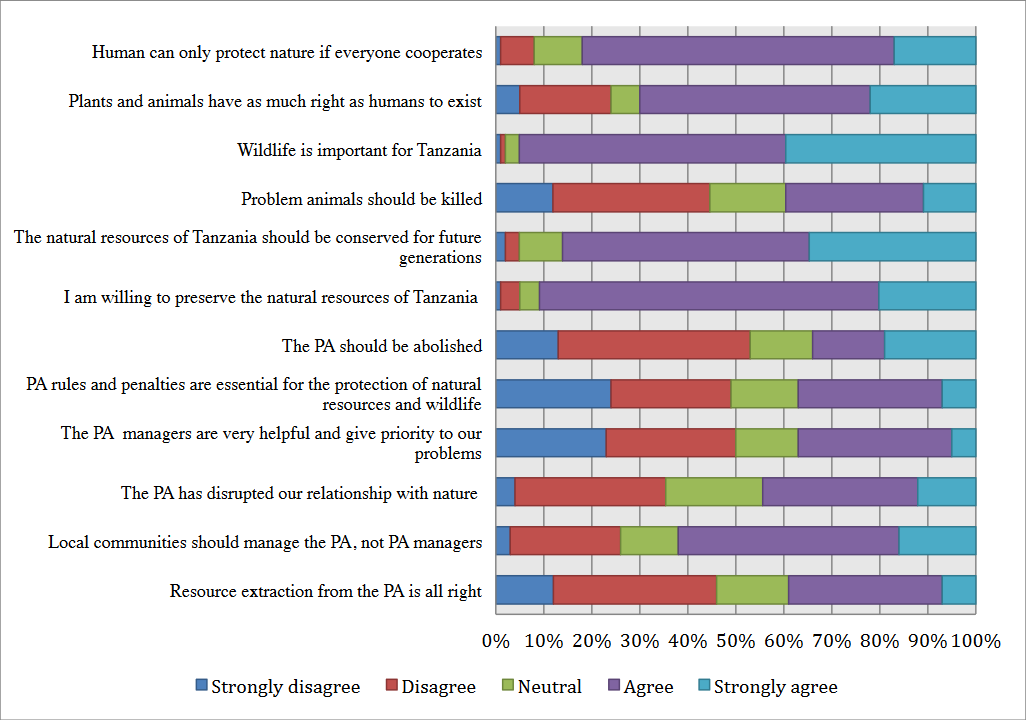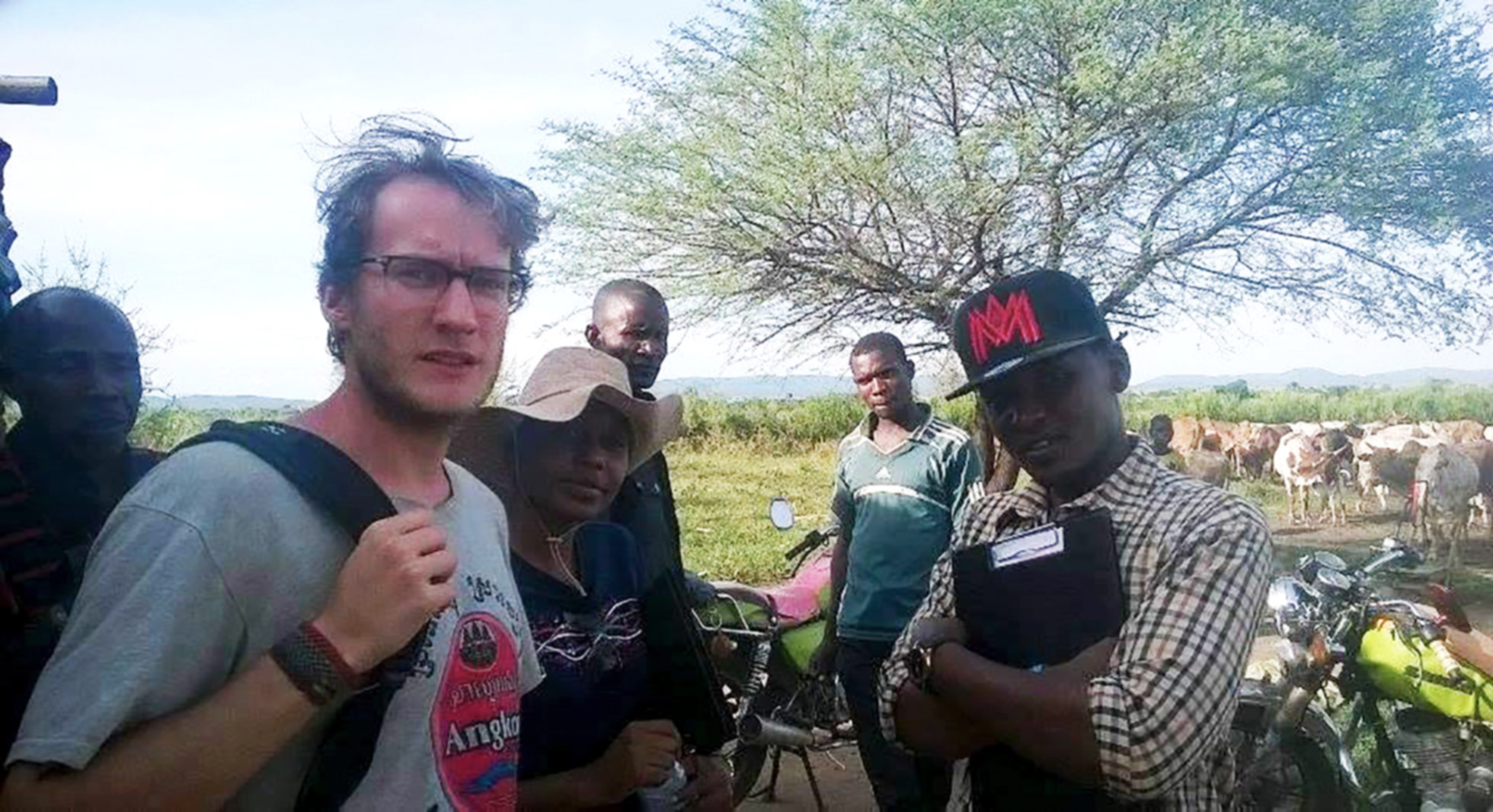On December 5th 2016, a Master’s thesis affiliated with the AfricanBioServices project was completed at the University of Copenhagen (UCPH). Ditlev Damhus successfully defended his thesis “Analyzing Protected-Area People Relations in the Serengeti Ecosystem, Tanzania: A Conservation Case Study in Well-Being Impacts and Attitudes”, supervised by leader of work package 5, Martin Reinhardt Nielsen. AfricanBioServices indirectly sponsored Ditlev’s thesis by providing logistical support, assistance and supervision.
Ditlev’s thesis had four main objectives. Through a comparison of two selected villages bordering Serengeti National Park and two selected villages bordering Maswa Game Reserve, the thesis aimed to: 1) examine general factors of people’s relationship with the protected areas (PA’s); 2) examine local people’s subjective well-being as well as the well-being impacts of the PAs using a tool called the ”Global Person Generated Index” (GPGI) that focus on criteria of wellbeing identified by people themselves 3) examine the attitudes towards the PAs as well as determine the factors predicting these attitudes, and 4) test the use of ”Importance-Performance Analysis” (IPA) as a tool to visually evaluate life domains areas in most need of improvement. Data was collected through household questionnaire surveys during April 2016.

Respondents’ attitudes towards general conservation, PAs, resource extraction and management. Original single statements.
The Global Person Generated Index (GPGI)
The GPGI is a quality of life (QoL) tool that provides a way of measuring subjective wellbeing according to individual priorities. GPGI is “global” because it is not related to a specific life domain (e.g. “health”), but instead it captures the many dimensions of well-being. The GPGI is “person generated” because it allows individuals to select, rate and weigh the relative importance of domains that matter most for their QoL – instead of using external indicators or a predefined list of domains that may miss out on context specific topics. The GPGI asks respondents to identify domains that contribute to their wellbeing. Afterwards it asks them to determine how important these domains are to them and then to rate their performance in each domain. A specific link to conservation can then be made by asking the respondents to rate the level of PA impact on each nominated domain.
Importance-Performance Analysis (IPA)
The IPA plots the importance and performance scores from the GPGI to identify improvement prioritization. Presenting the results in a matrix makes it possible to classify importance and performance on a scale from low to high, making it easy to interpret the data for subsequent management decisions. The matrix can be divided into four quadrants as following: quadrant one: domains with high importance, but low performance (concentrate here); quadrant two: domains with high importance and high performance (keep up the good work); quadrant three (no change in resources); quadrant four: domains with low importance but high performance (possible overkill).

Original framework for the PA people relationship as suggested by Allendorf (2010). Arrows indicate direction(s) of influence between the components. Full-drawn lines represent direct relationships. Dotted lines indicate indirect relationships. Note that these types of lines indicating direct or indirect relationship are used for example only.
Results
The results revealed high resource dependency, low level of interaction between PA staff and the communities, and some awareness of the presence of NGOs working in the areas. Some benefits were received but perceived PA-related problems dominated perceptions of relationships. The GPGI provided valuable information on the importance, performance and impact of PA’s on the identified life domains. The magnitude of negative impact on life domains was large compared to that of positive impact. Perceptions of benefits as well as awareness of NGOs were associated with a positive attitude towards PA’s. In contrast, living in villages bordering Maswa, perceptions of costs and the magnitude of negative impact on life domains originating from PA’s were associated with a negative attitude towards PA’s. The use of the IPA technique and derived analyses provides a clear visualization of priorities for improvement of people-PA relationships. However, the technique suffers from methodological and conceptual challenges, calling for the development of a standardized method. Of the several differences between Serengeti and Maswa, the most interesting finding is the more negative attitude towards PA’s in communities bordering Maswa, which warrants further research.


